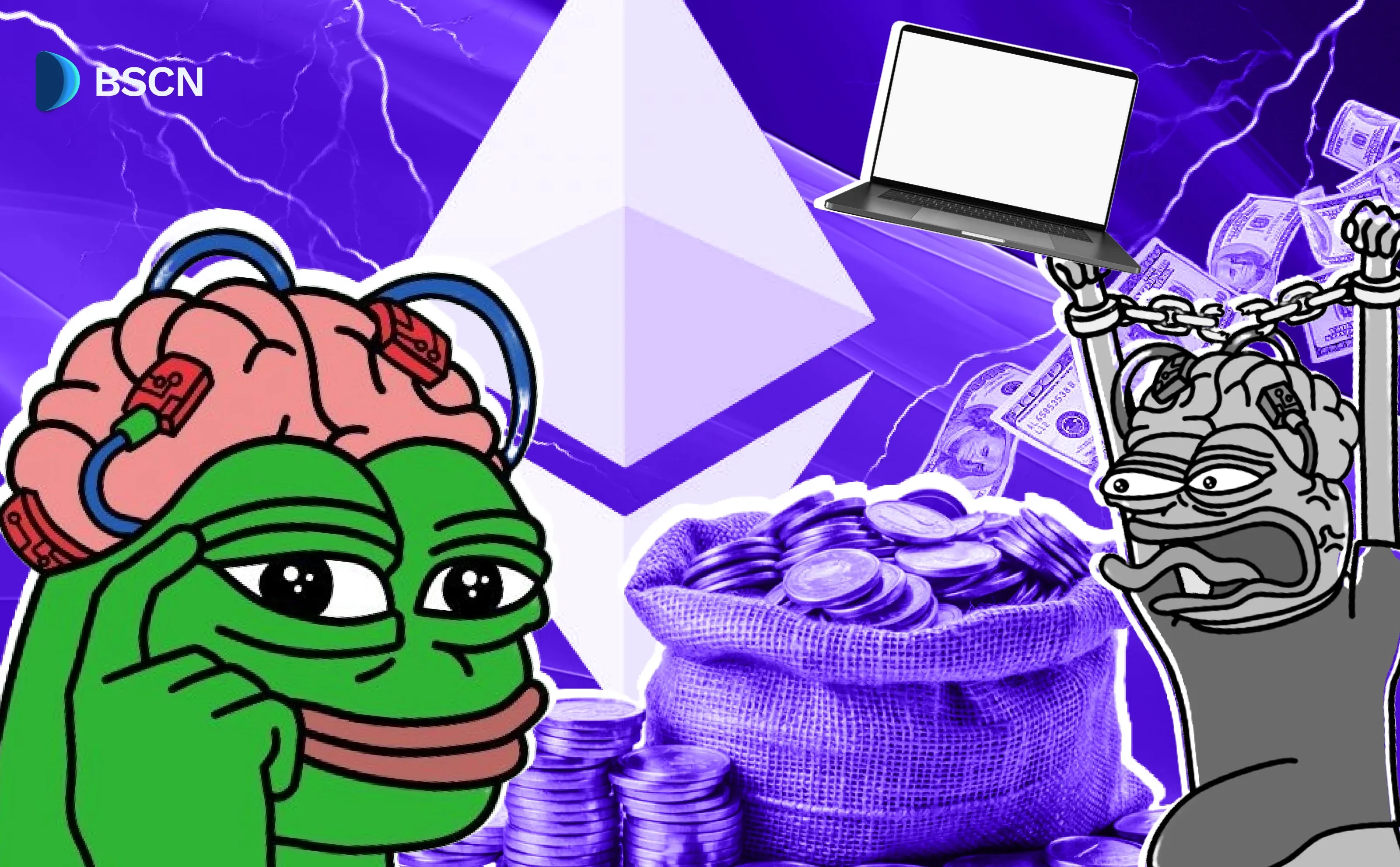WEB3
SBF Convicted of All Seven Crimes, Faces Maximum Sentence of 115 Years in Prison
by BSCN
November 3, 2023

Bankman-Fried was revealed as the mastermind behind a sophisticated scheme for deceiving investors and misappropriating customer funds at trial, which attracted the attention of the crypto industry.
Summary
- Sam Bankman-Fried, the former FTX CEO, found guilty on all seven charges, including wire fraud and money laundering, faces a potential 115-year prison sentence.
- Verdict signifies justice prevailing in the crypto landscape and a reminder that circumventing the law won't be tolerated.
- A celebrated figure in crypto, Bankman-Fried's empire collapsed, leading to his arrest and the largest pretrial bond in history. The SEC separately charged him, Ellison, and Wang, with defrauding FTX investors.
- Witnesses and evidence exposed Bankman-Fried's alleged wrongdoings, with emotional testimonies revealing the extent of deception within the company. Bankman-Fried's self-incriminating statements added weight to the prosecution's case.
- A second trial looms for Bankman-Fried, while potential grounds for an appeal exist, with Judge Kaplan's limitations during the trial potentially serving as a basis.
The Much-Awaited SBF Verdict
In a landmark verdict, Sam Bankman-Fried, the former FTX CEO, has been found guilty of all seven charges brought against him. The jury, composed of nine women and three men, reached their decision in less than five hours after deliberation.
This conviction, which includes two counts of wire fraud, four counts of conspiracy to commit fraud, and one count of conspiracy to commit money laundering, could potentially result in a sentence of 115 years in prison.
The outcome was delivered on a Thursday night, marking a turning point in a trial that commenced in early October. Bankman-Fried had vehemently pleaded not guilty to these allegations, all inextricably linked to the catastrophic downfall of FTX and its sister hedge fund, Alameda.
Despite an individual's fate, this verdict demonstrates the resilience of justice in the cryptocurrency landscape. As Damian Williams, the U.S. attorney for the Southern District of New York, succinctly stated, "Sam Bankman-Fried perpetrated one of the biggest financial frauds in American history."
In the words of Attorney General Merrick Garland, "Sam Bankman-Fried thought that he was above the law. Today’s verdict proves he was wrong." The case goes beyond cryptocurrencies and reminds us that evading justice will not be tolerated.

The Story Behind Sam Bankman-Fried's Downfall
Sam Bankman-Fried was once regarded as one of the greatest figures in the cryptocurrency world until his crypto empire, which included the FTX exchange and Alameda Research, plunged into a financial crisis last year, resulting in substantial losses for customers. Here's a closer look at the events that unfolded:
1. Rise and Fall of a Crypto Prodigy: Bankman-Fried, a celebrated philanthropist and a prominent Democratic donor, commanded attention as the young founder of one of the world's largest cryptocurrency exchanges. With an estimated net worth of $16 billion, he represented the dynamic spirit of the crypto industry, amassing fame and influence.
2. Legal Troubles and Arrest: Bankman-Fried's troubles began when he faced serious charges, including wire fraud, securities fraud, and money laundering. His subsequent arrest in the Bahamas and extradition to the US marked the beginning of a high-profile legal battle that would shape the trajectory of his career and reputation.
3. High-Profile Bond and Cooperation: Notably, Bankman-Fried secured the largest-ever pretrial bond of $250 million, gaining temporary release from jail. Meanwhile, two former top executives, Caroline Ellison and Gary Wang, who were integral to Bankman-Fried's companies, pleaded guilty to multiple fraud charges, becoming key cooperators in the federal investigation.
4. Legal Fallout and SEC Charges: The Securities and Exchange Commission (SEC) separately charged Bankman-Fried, Ellison, and Wang with defrauding FTX investors. The legal repercussions extended beyond the initial charges, reflecting the gravity of the situation and the broader implications within the cryptocurrency industry. After being charged with these allegations, the FTX head ended up on trial last October.

A Look at the Trial: Exposing a Web of Deceit
Throughout the five-week-long trial, a parade of key witnesses painted a damning picture of Sam Bankman-Fried's alleged wrongdoings. The trial unfolded in Manhattan's Daniel Patrick Moynihan U.S. Courthouse, with testimony from people connected to FTX and Alameda. Here's a closer look at the pivotal aspects of the trial:
1. Testimonies from Key Witnesses: The jury had the opportunity to hear accounts from prominent figures intimately linked to Bankman-Fried and the alleged conspiracy. These included Caroline Ellison, Bankman-Fried's former romantic partner and the ex-CEO of Alameda Research, alongside former FTX executives Nishad Singh and Gary Wang. Additionally, Bankman-Fried's college roommate, Adam Yedidia, provided crucial insights.
Each witness presented consistent accounts supported by documentary evidence, collectively implicating Bankman-Fried as the mastermind behind an intricate scheme to misappropriate customer funds and deceive investors.
2. Cooperation from Government Witnesses: The prosecution's case was bolstered by its key witnesses, Caroline Ellison and Gary Wang, both of whom had pleaded guilty to multiple charges in December. Their cooperation with the prosecution was instrumental in unraveling the alleged crimes.
Notably, Gary Wang testified that Bankman-Fried instructed him to create a covert back door in the exchange's code, allowing Alameda to borrow vast sums of customer funds.
Nishad Singh, another high-ranking FTX executive, revealed that Bankman-Fried had indulged in lavish investments and endorsement deals even as customer accounts faced jeopardy.
3. Emotional Testimony from Caroline Ellison: One of the trial's most dramatic moments occurred during Caroline Ellison's testimony. As the CEO of Alameda and Bankman-Fried's former girlfriend, she confessed to conspiring with him to deceive the public and manipulate balance sheets provided to lenders.
Ellison's emotional account painted a vivid picture of the deception that unfolded. Her testimony suggested that the collapse of FTX, though tragic, was oddly healing for her.
4. Bankman-Fried's Testimony: In a dramatic turn of events, Bankman-Fried took the stand late in the trial to present his side of the story. He vehemently denied any intention to commit crimes, asserting his primary goal was to build a successful company.
However, during cross-examination by prosecutor Danielle Sassoon, his defense began to unravel. The prosecution highlighted the contradictions between his public statements and his private actions.
5. Self-Incrimination: Bankman-Fried's cross-examination was, arguably, the trial's most damaging moment. His own words, including those from interviews conducted following his empire's collapse, were used against him to expose what the prosecution characterized as a continuous stream of falsehoods.
Throughout the questioning, Bankman-Fried claimed not to remember crucial details or his statements more than 140 times, a fact that prosecutor Nicolas Roos emphasized in his closing argument.
6. The Prosecution's Narrative: In the prosecution's version of events, Bankman-Fried oversaw a straightforward fraud disguised as a breakthrough financial innovation. They traced the misappropriation of customer funds back to 2021 when he ordered Ellison to spend $2 billion to repurchase FTX shares from rival crypto exchange Binance.
Ellison's response indicated that the business had only half that amount available and would have to borrow the remainder from FTX customers. Nevertheless, Bankman-Fried reportedly instructed her to proceed, setting in motion the events that led to the allegations against him.

What’s Next
The Bankman-Fried's legal battle is not over yet. He is tentatively scheduled for a second trial on March 28, 2024, specifically on campaign finance and other charges. This date marks a pivotal moment when the severity of his punishment will be determined.SBF can file an appeal, but he must wait until after sentencing.
Several restrictions and rulings that Mr. Bankman-Fried and his legal team encountered during the trial could potentially serve as grounds for an appeal. Before the trial commenced, Judge Kaplan issued rulings that limited the scope of Mr. Bankman-Fried's defense arguments and expert witnesses. These restrictions could become subjects of appeal.
Presence of Counsel Defense
One potential avenue for appeal revolves around the "presence of counsel" defense, where Bankman-Fried asserts that lawyers were actively involved in his business operations, assuring that his actions were lawful. Although prevailing in such an appeal may be challenging, it remains a possibility.
However, legal experts offer varying perspectives on the potential sentencing outcome. While some anticipate a lengthy prison term for Bankman-Fried, it's unclear whether he would serve the maximum 115 years as the charges suggest.
Disclaimer
Disclaimer: The views expressed in this article do not necessarily represent the views of BSCN. The information provided in this article is for educational and entertainment purposes only and should not be construed as investment advice, or advice of any kind. BSCN assumes no responsibility for any investment decisions made based on the information provided in this article. If you believe that the article should be amended, please reach out to the BSCN team by emailing [email protected].
Related News
Latest News
0h : 34m ago
Crypto Czar David Sacks’ First Press Conference: Key Highlights
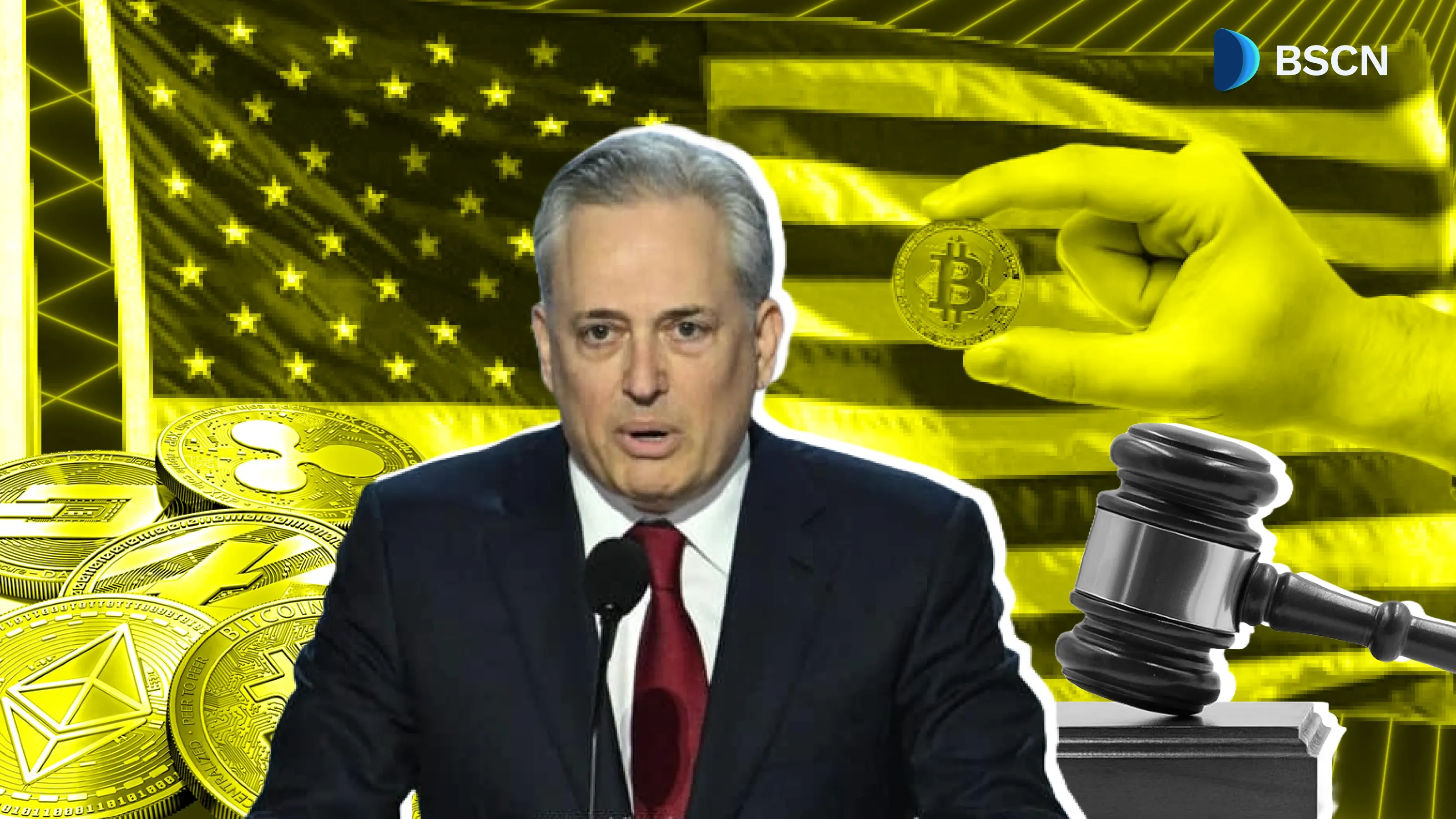
3h : 49m ago
Pump Pad Explained: PEPU's New Memecoin Launchpad
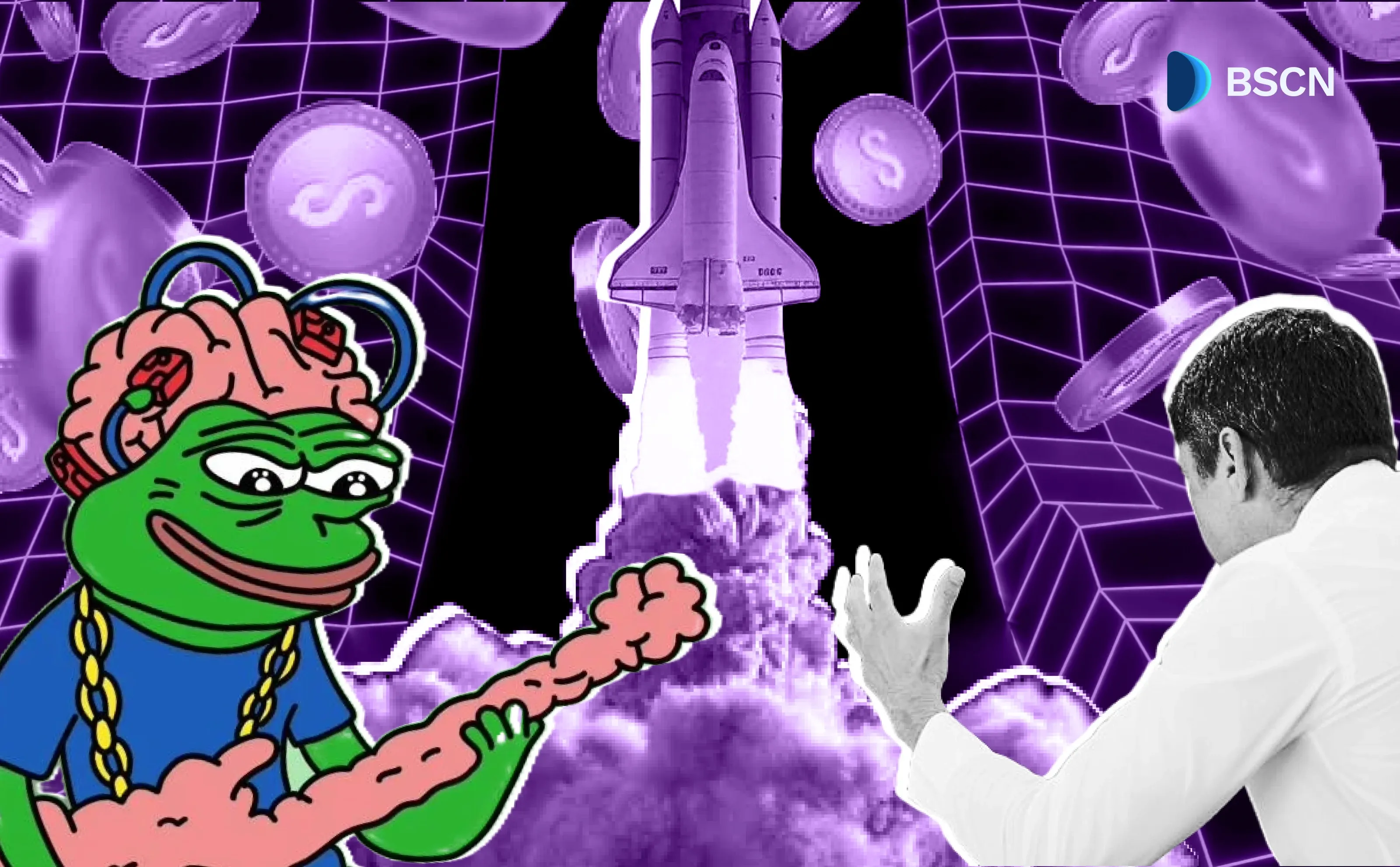
3h : 49m ago
Crypto.com Plans Cronos ($CRO) Spot ETF and Stablecoin for 2025
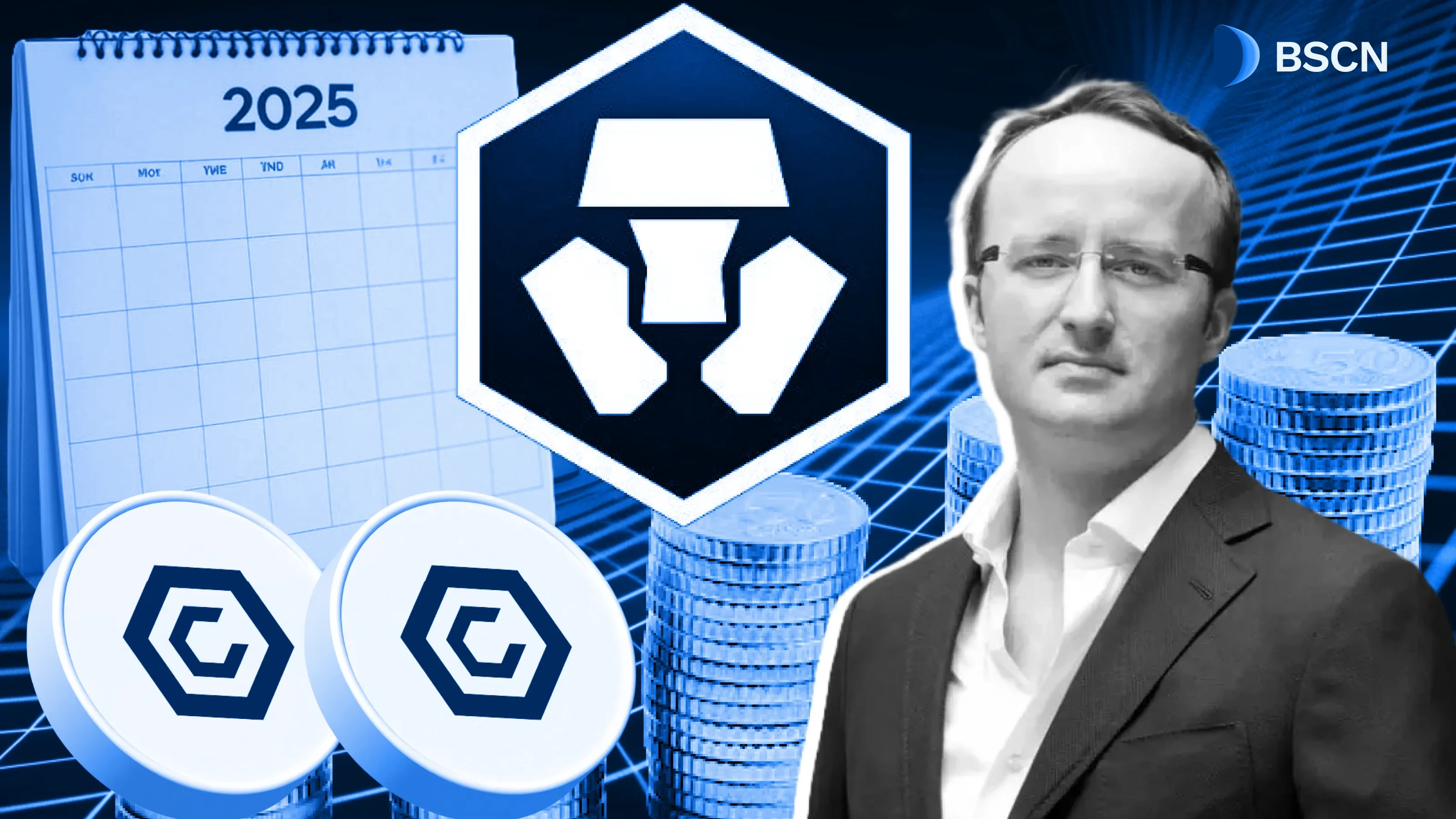
5h : 19m ago
US SEC Scales Back Crypto Enforcement Unit Amid Regulatory Overhaul
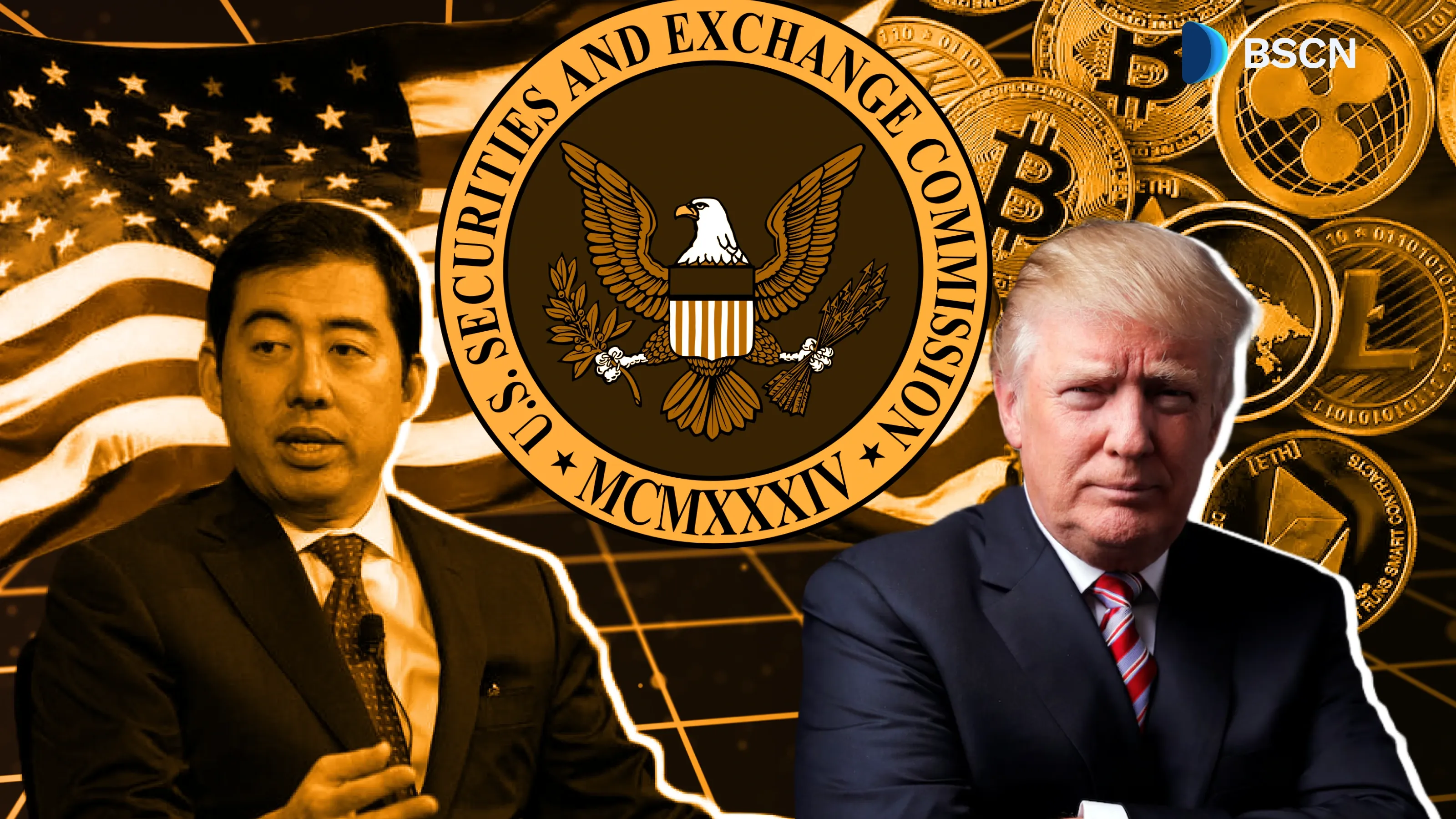
February 4, 2025
What are DAOs and How Do They Work?
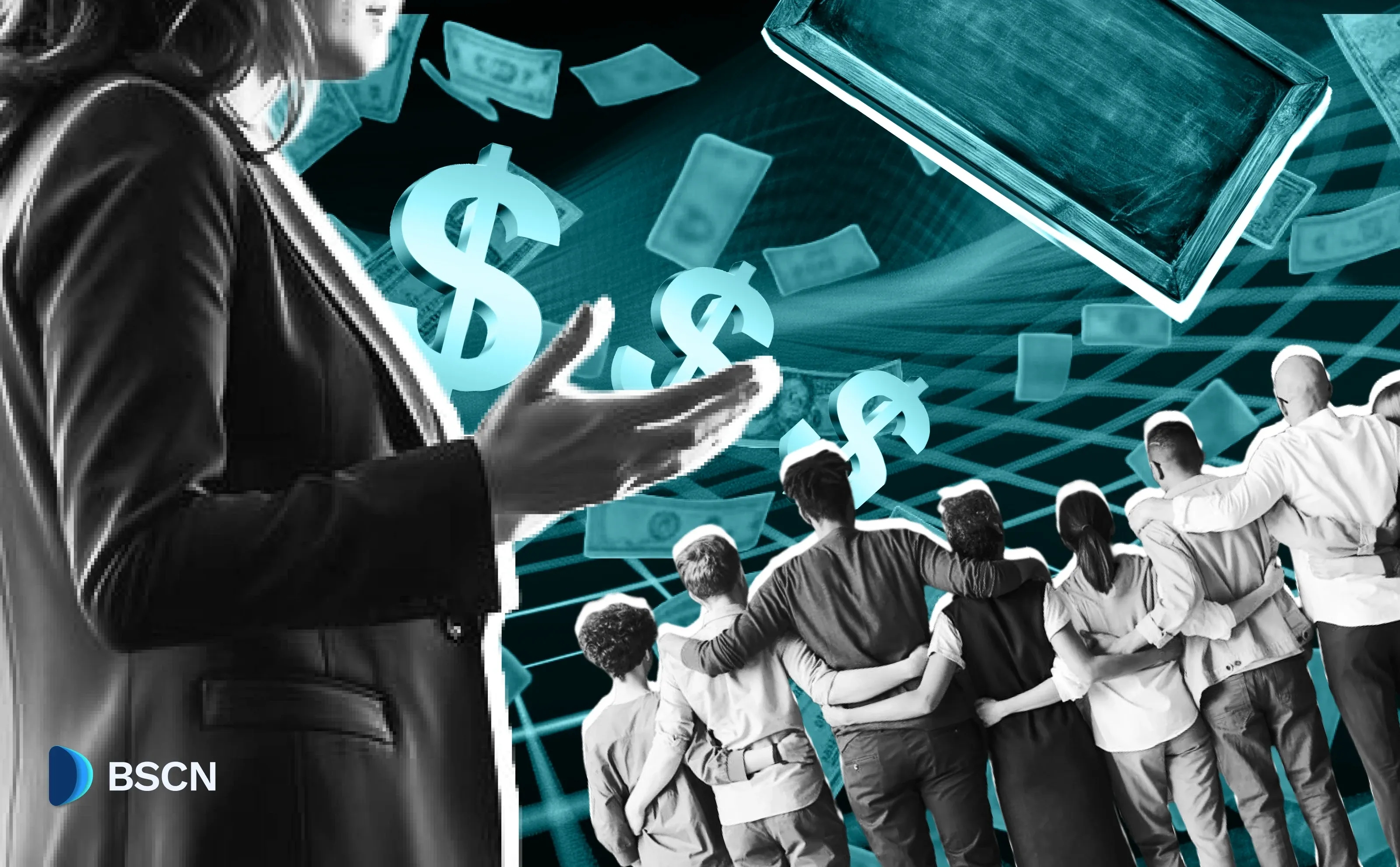
February 4, 2025
FLOKI DAO Votes in Favor of Major Investment into BADAI Token

February 4, 2025
Trump Signs Order for Sovereign Wealth Fund: What It Means for Crypto
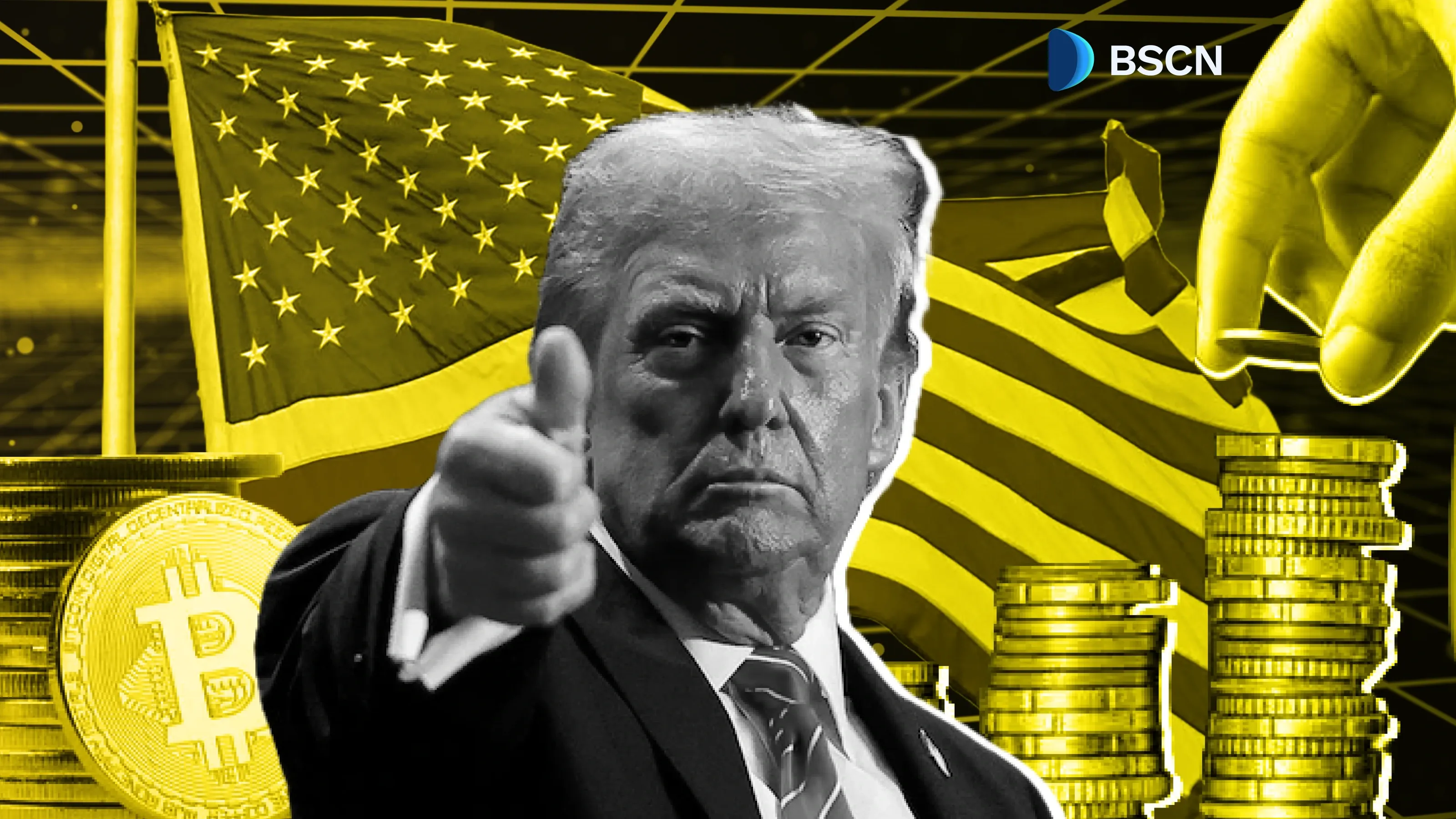
February 4, 2025
Project Review: Pepe Unchained and its PEPU Token
